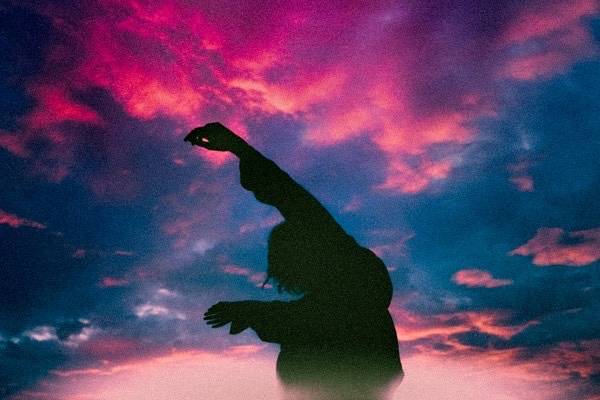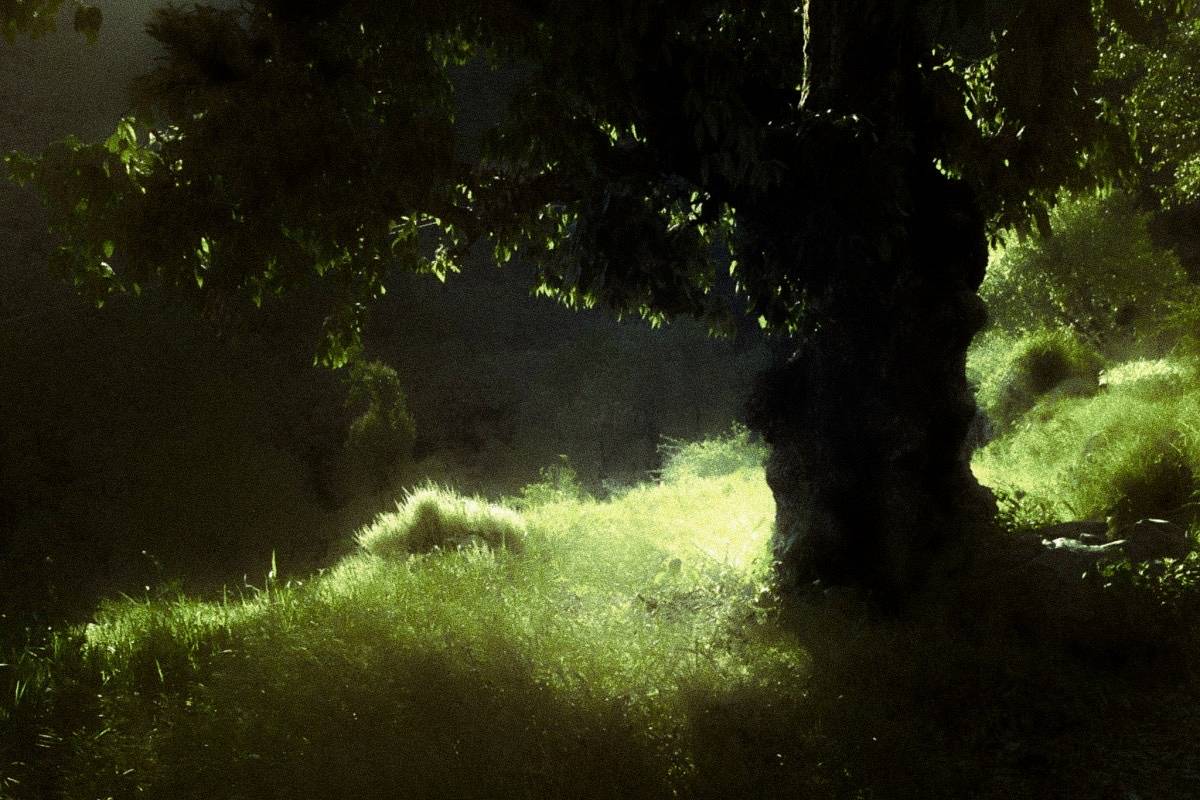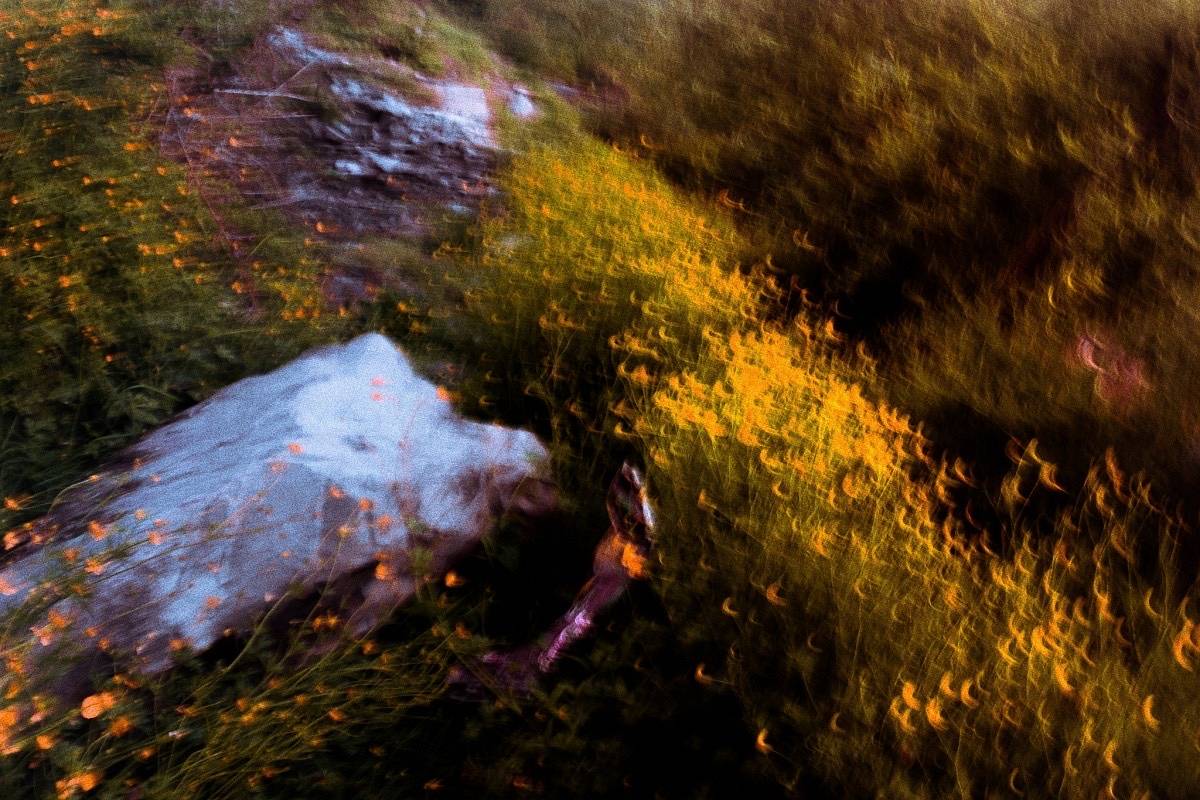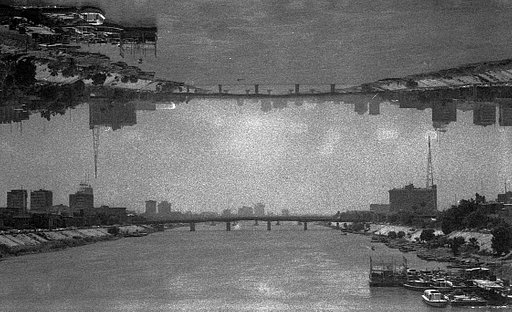Reality Untethered: An Interview with Photographer Vijay Sarathy
2 14 Share TweetThe work of Vijay Sarathy often seems to resemble scenes from another world. And yet within the soft hues and nebulous skies of his photographs there is something that feels intimate and familiar – like the haziness of memories or half forgotten dreams.
This beautiful and intriguing body of work grew out of Vijay’s decision to leave city life and retreat into nature. He talked to us from a village in the remote foothills of the Himalayas that he now calls home, and shared with us the ideas and motivations behind his otherworldly images.
Can you start by telling us a bit about yourself and how you got started with photography?
I'm a visual artist and a photographer originally from Chennai, India but currently in the foothills of the Himalayas. When I was working in the city, I just started to take snapshots on my phone, mostly on my home-work train transits. I don't think there was any intention from the beginning to become a photographer or an artist – it's just a life that I've had the fortune of stumbling into.
A lot of things changed when I visited the Himalayas for the first time. I started reconnecting with nature in this visceral way, and photography became my channel to talk about these feelings. I think that's when I became serious about the craft and started thinking of it as something more than just an ordinary hobby.
These photos you've shared with us here are all shot on film, but I know you also use digital. What are the big differences between film and digital for you in terms of process and results?
My heart is always with analogue because the process of it just inspires joy and connection. I also love the idea of having physical relics of the moments of my life. Once my life shifted to the mountains, it became next to impossible to have that as my only workflow. The reason to switch to digital also partially came from how forgiving the format is. It allowed me to experiment and make mistakes in a way analogue could not. I think I owe a lot to both of these formats and I've come to appreciate the specific ways in which they've enabled me to find my visual language.
Shooting analogue at first made me realize how much color and texture helps in defining the emotional realm of the photograph, an insight that I used to hone the color and texture vocabulary in my digital process.
You mentioned that you're living in the Himalayas. I read that you're in Spiti? What drew you to this remote region of India?
I was in Spiti only for a short period. I've since moved to Dharamkot, which is another village on the foothills. A lot of people have asked me that same question and I still can't come up with an adequate answer. I think it was a calling. I just knew I had to go. I was responding to the gravity of a certain inner feeling. And I'm glad I did because it felt like a homecoming, that first trip, the harshness of that winter, that stark beauty of nature awoke a lot of things in me which were dormant.
Even when I decided to quit my cushy job in the city to pursue this alternate life I'm living now, there's no basis for this rooted in any sort of healthy rationale. It's all been gut, and mostly just following my instinct. And frankly, it hasn't let me down so far. I find myself walking on a path of freedom and possibility that I couldn't have found any other way.
Your photos are characterized by soft, colorful tones, and a hazy, ethereal look. Can you tell us a bit about your process and how you achieve such results?
There are three qualities I focus on to craft a specific atmosphere in my work – color, texture and light. The texture I soften to make it look more hazy and soft, as if it's suggesting a memory rather than pinpointing it. For color, I like to work with a wide palette, for me the challenge is to craft this dreamlike 'tension' from completely different hues. That's more interesting for me visually than just going with a monochromatic palette. And finally, for the light to have an ethereal quality, I define breaking points with sudden bursts of light in an otherwise even surface. Most of this is done through using masking tools in Lightroom. I realized this was a way to almost 'paint' the image, adding specific colors and textures to certain sections.
This visual language emerged out of a desire to get away from depicting objective reality. When I was starting out with photography, and looking at a lot of landscape photographs, even though the subject was gorgeous, I was underwhelmed because I felt there to be a lot of emotional distance between the photographer and the subject. It felt like the person was there just to document the scene as realistically as possible. Nature, for me, has never been objective. Every landscape I've been in has left a huge imprint on me, and I really wanted to put more of myself into the photographs. So I started untethering the images from reality and crafting a more abstract and emotive world.
When using film, which cameras and film stocks do you like to use?
I work with the Nikon FM2, SX-70 for polaroids. Film stocks; Tri-X 400, Velvia, Kodak Gold 200, and sometimes expired stock. I usually push the film around two stops when shooting for the colors to come through.
Your work seems to express a strong sense of nostalgia, melancholy, and of an altered reality. Can you tell us about the mood you try to create in your photos?
I'm honestly still trying to make sense of why I make images in the particular way I do. With every photograph, I begin a search and I stop editing a photograph when I've reached a point where this search has been met by something within me. These encounters are still puzzles, which I'm quite happy to keep unsolved. I love sitting with that mystery and not dissecting it. Sorry if this is a non-answer, but I think any attempt at articulation wouldn't do justice to how these things get made.
What do you find yourself inspired by?
Nature remains a constant harbor. I'm quite lucky to live right next to a forest. It's something of a sacred space for me. My first two hours every morning are just spent under those pine trees, and I think it's beautiful because it offers me a space to forget who I am for a little while, which is probably the most inspiring thing that can happen to an artist. Everyone deserves a chance to forget so they can imagine new worlds and possibilities for themselves.
Other than that, I've lately been quite inspired by Terrence Malick films, something about the way he uses the camera - there is so much energy there.
Do you have any projects you’re working on at the moment that you would like to tell us about?
I'm in the process of making a small film. It's an impressionistic document of a particularly haunting winter, told through photographs and music. I've been thinking about crafting deeper and more sustained experiences with art, and it's going to be exciting to explore this medium and see what it has to offer.
Thank you to Vijay for sharing his work with us. To see more of his photography be sure to follow him on Instagram.
written by alexgray on 2023-06-14 #people #nature #mountains #interview #color #nikon-fm2 #india






































2 Comments